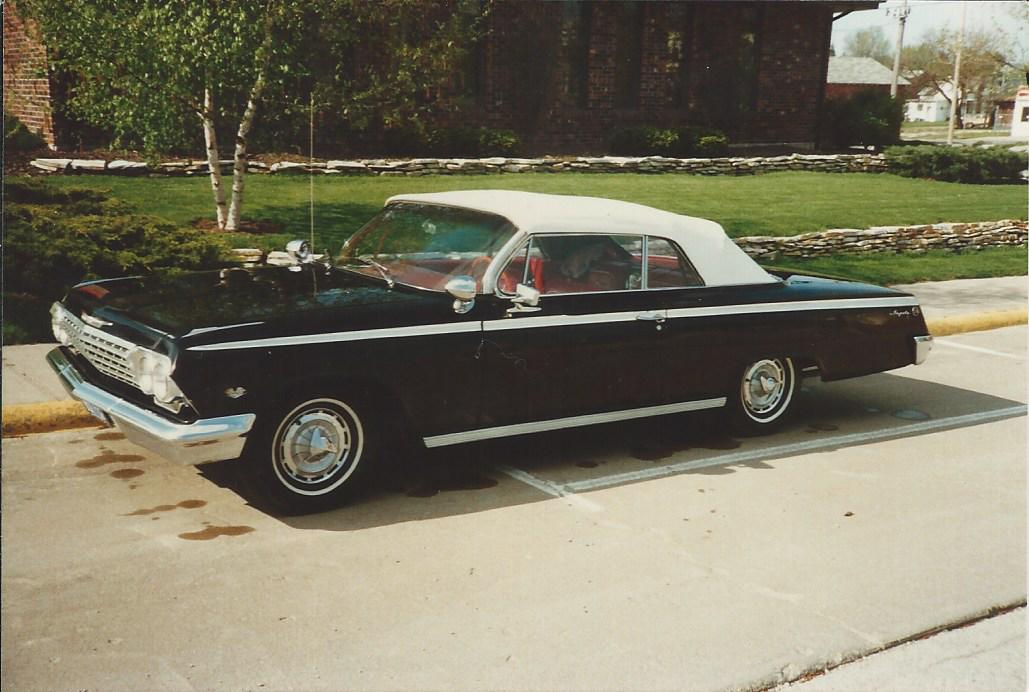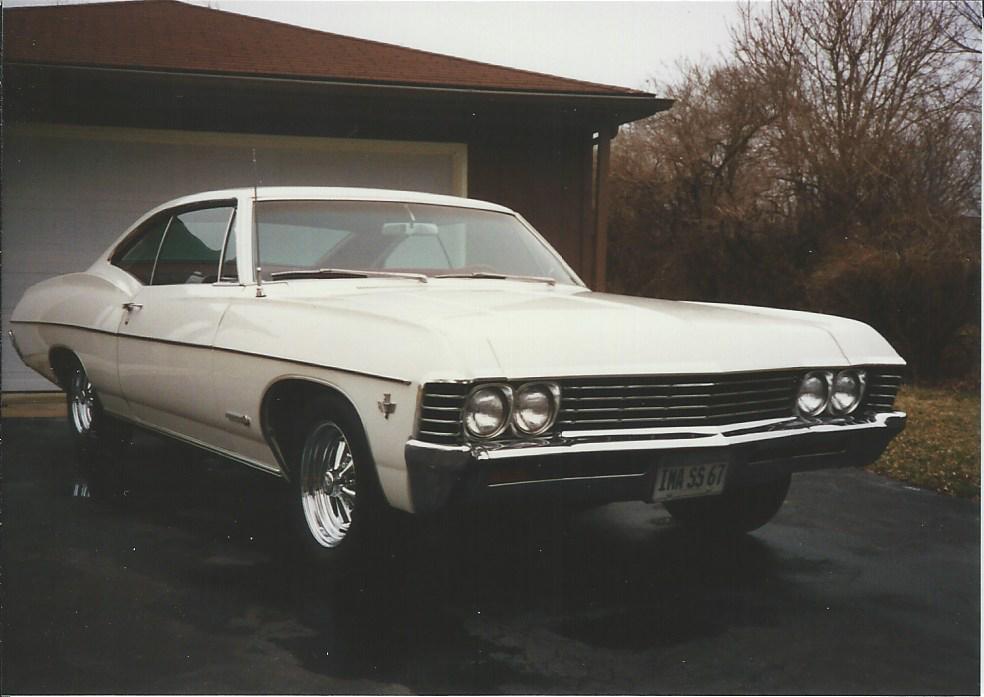MasterBlaster
Thinks s/he gets paid by the post
- Joined
- Jun 23, 2005
- Messages
- 4,391
Note that mixing octane grades does not yield the average octane equivalent. An octane rating expresses a resistance to ignition, higher octane is less likely to ignite prematurely. Mixing low octane into high octane gas causes that high octane gas to ignite much sooner than the average of the two grades. Half 87 and half 93 might ignite something like octane 87.5.
The octane calculator at Bazelle Race fuels suggests that what you posted is NOT true. The calculator suggests that mixing 87 and 91 octane gasoline in equal parts gives exactly 89 octane.
Octane Calculator - www.bazellracefuels.com
The website on Sunoco race fuels also supports that an even mix of 91 and 87 octane gives a result of 89 octane
https://www.sunocoracefuels.com/tech-article/mixing-fuels-calculating-octane
First you need to calculate the percentage of each fuel that will be in the final mixture. Then, use this equation to find your octane:
( [ % Fuel A ] x [ Octane of Fuel A ] ) + ( [ % Fuel B ] x [ Octane of Fuel B ] ) = Octane of Mixture
Last edited:


